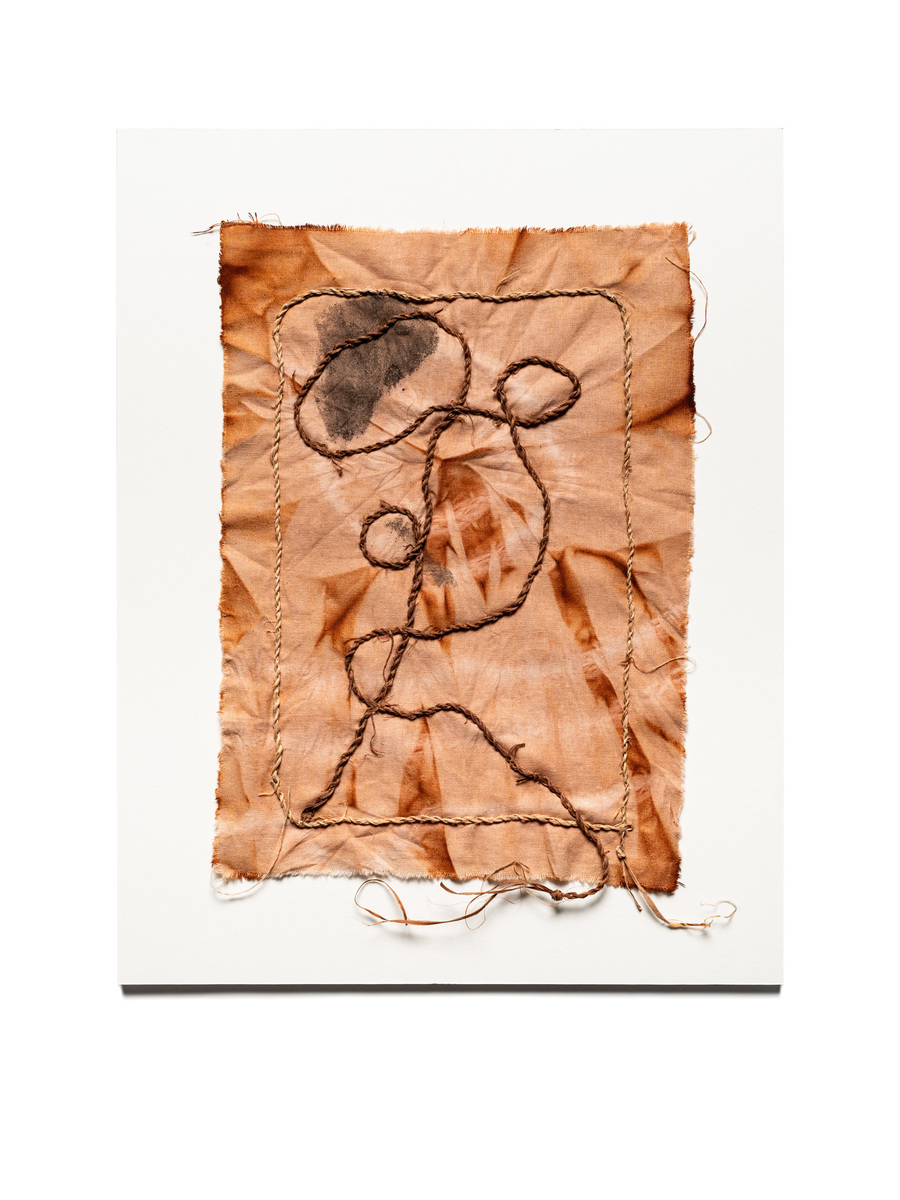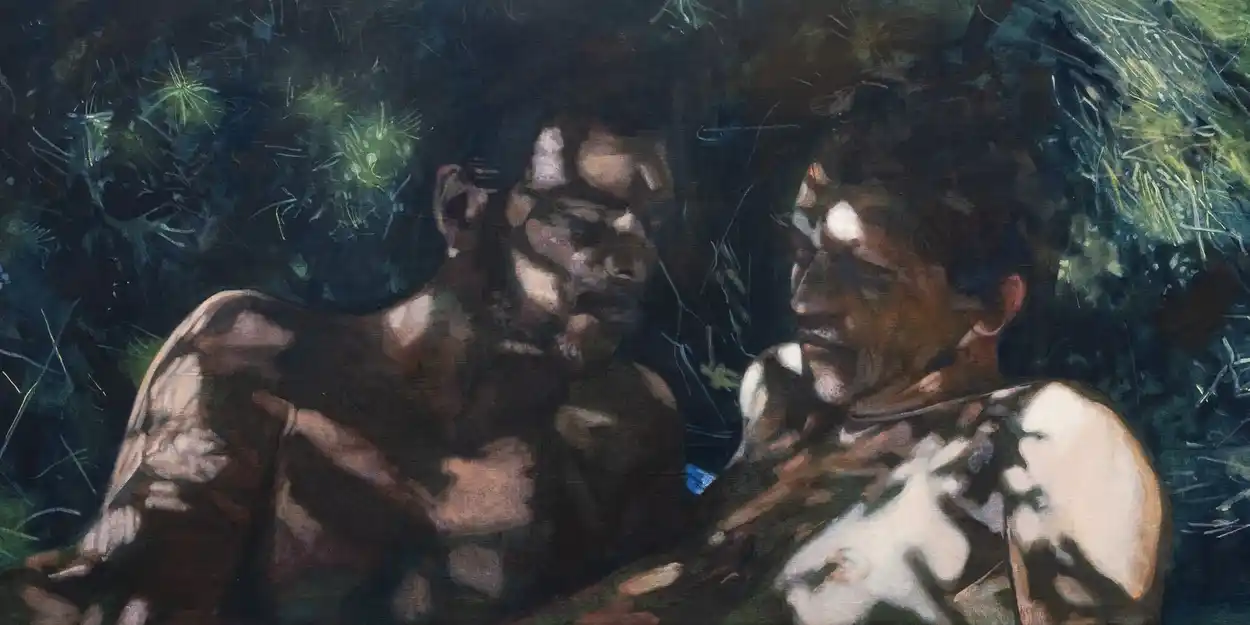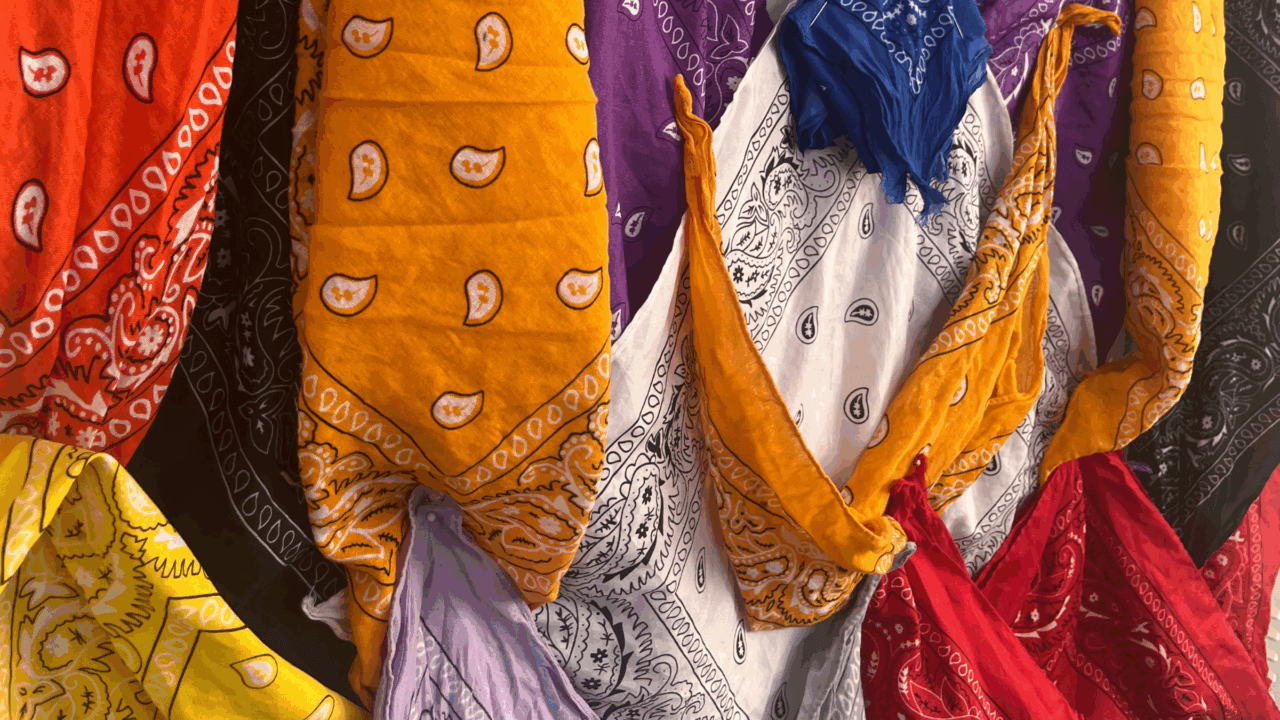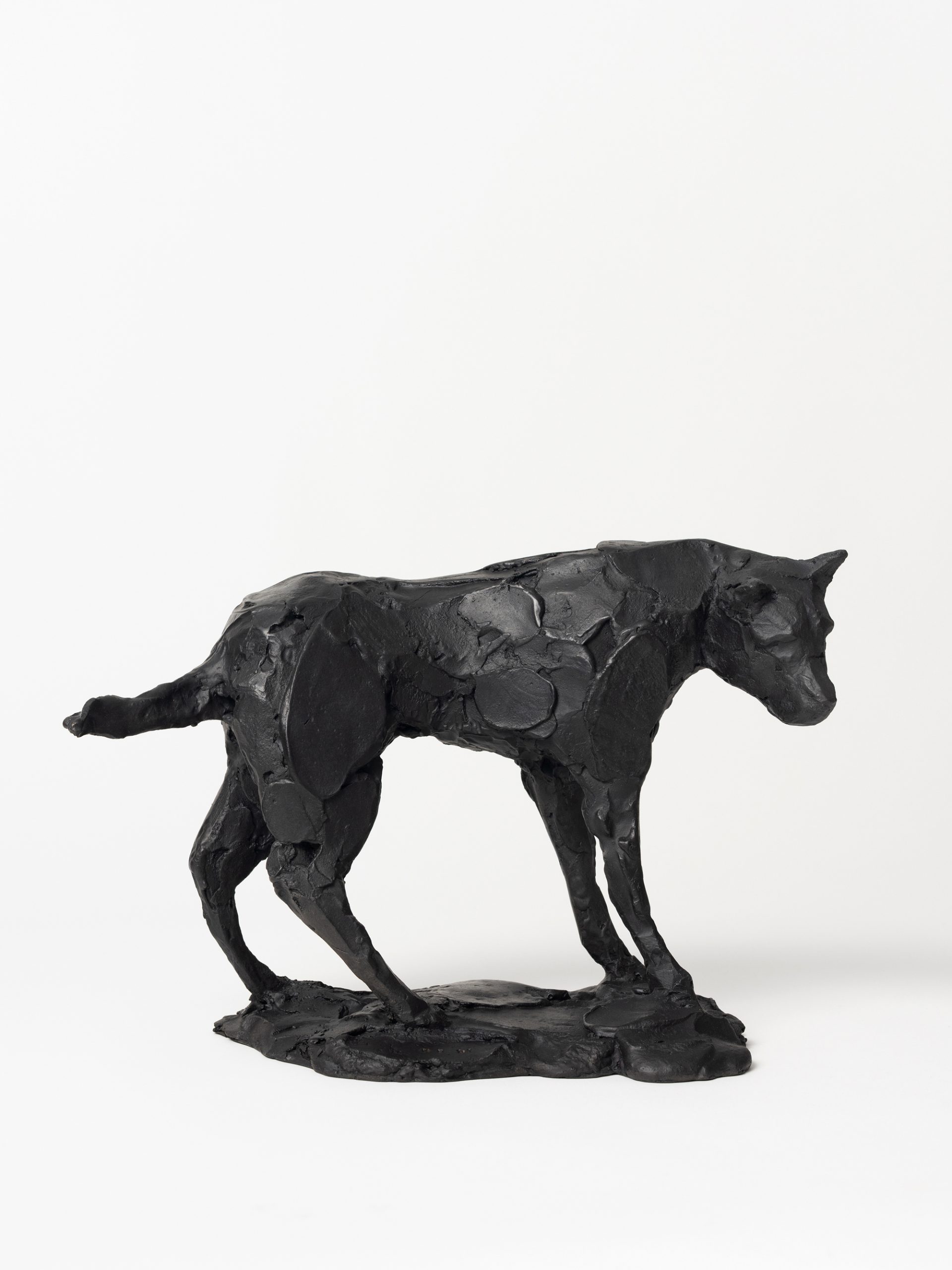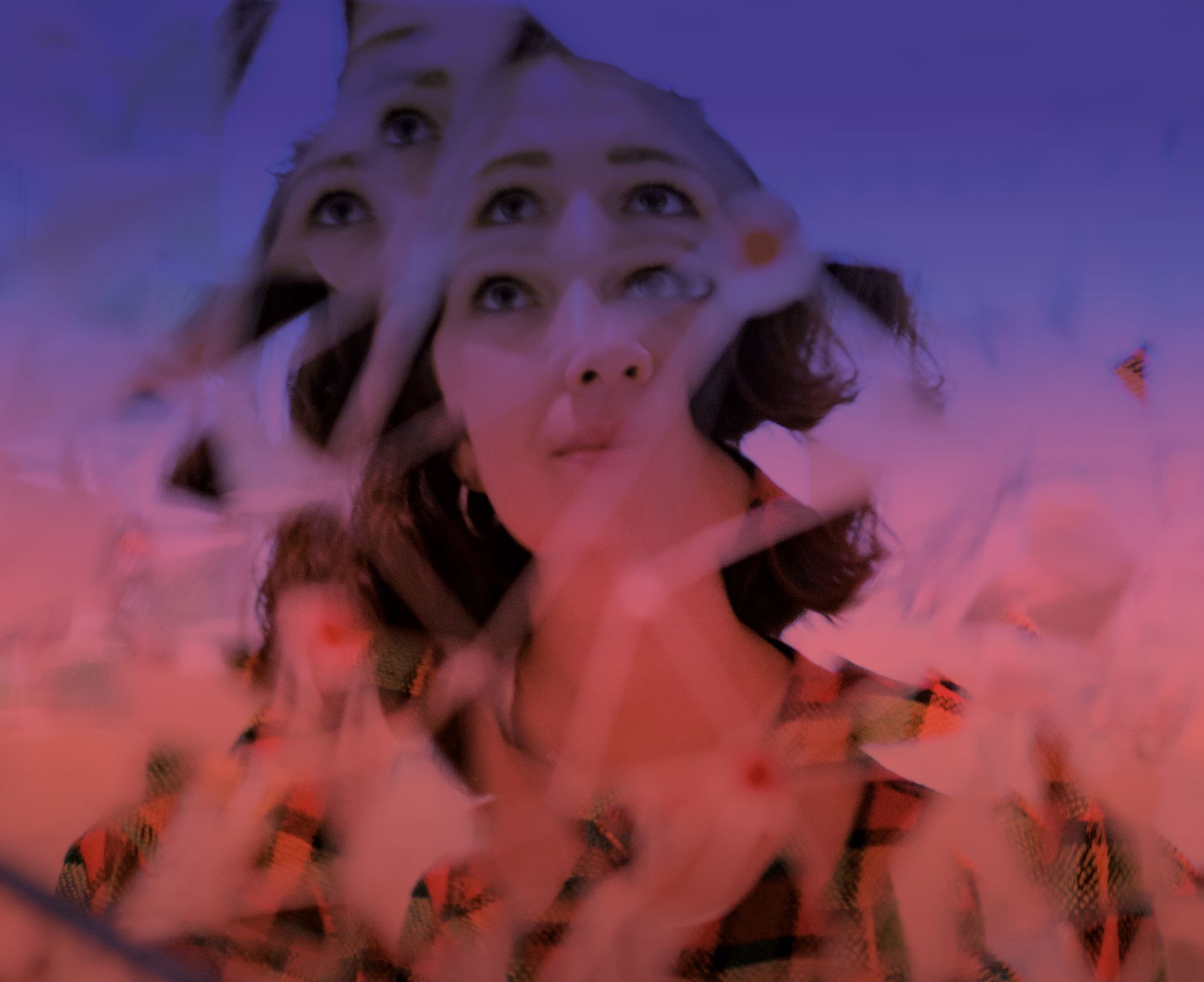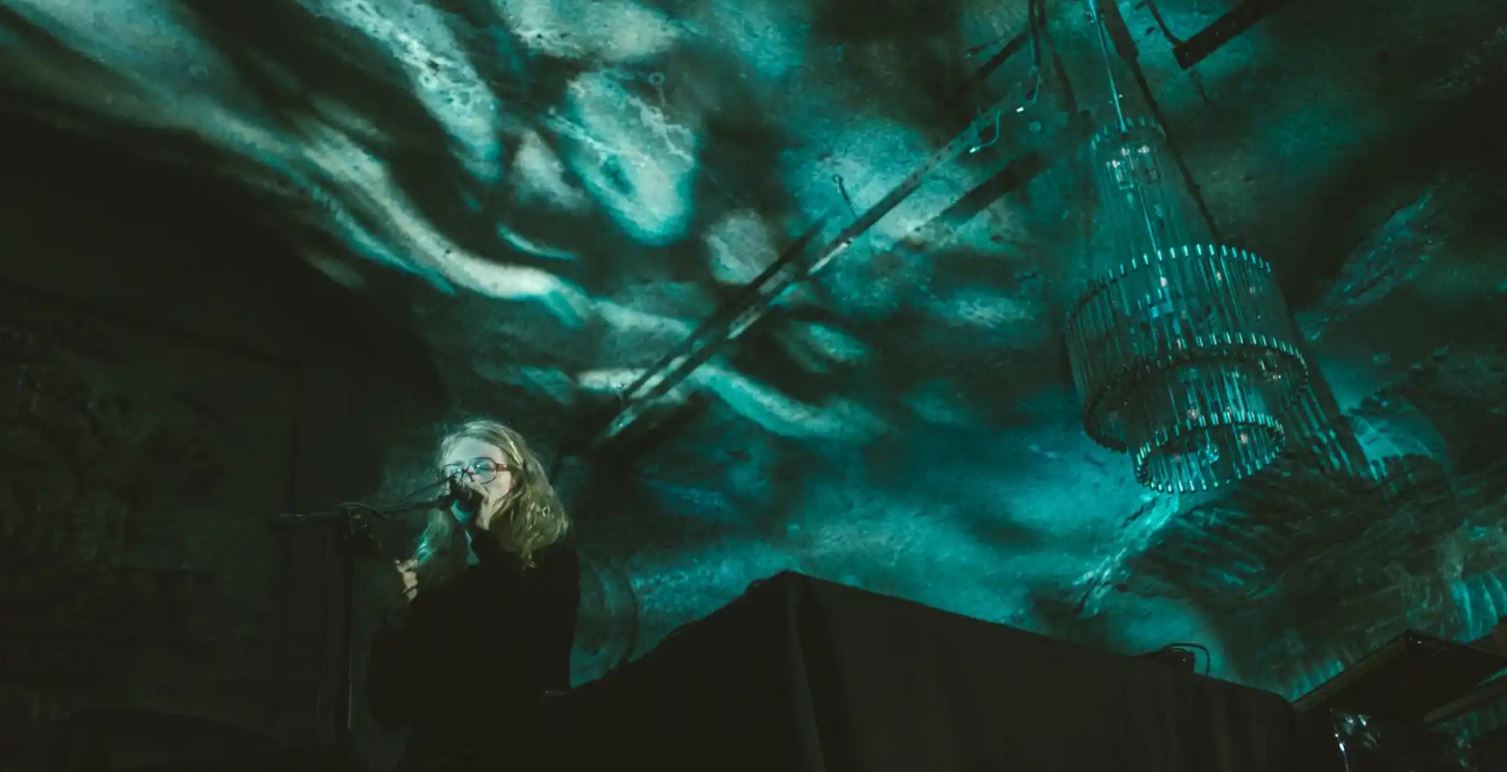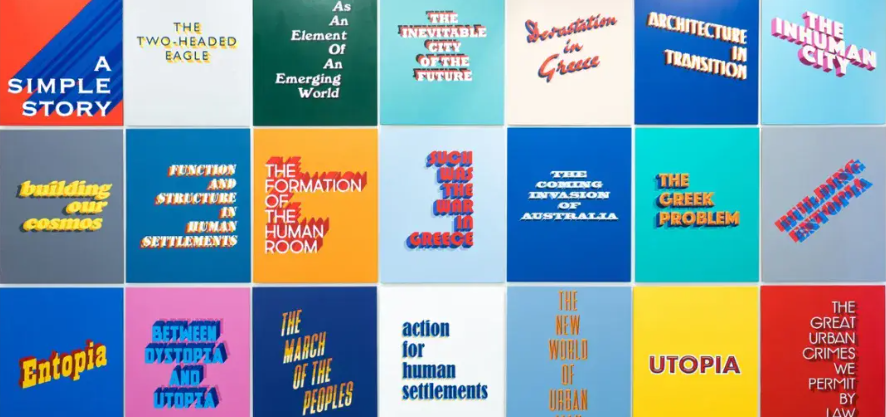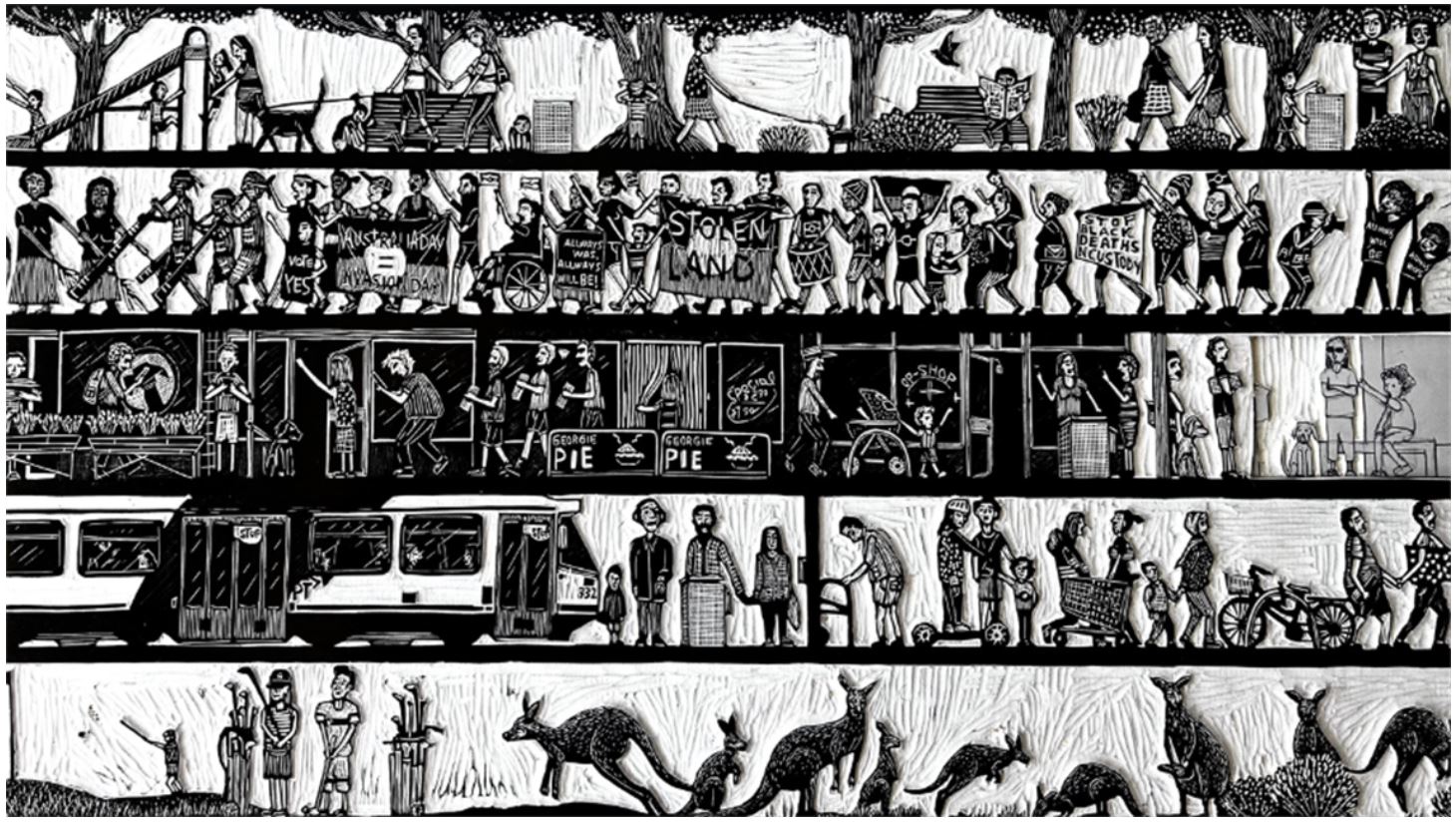Daniel Boyd is known for his multidisciplinary practice that resituates colonial history within an infinitely expansive universe. In his paintings, videos, and installations, he employs dots as a visual and conceptual tool to explore themes of identity, memory, perception, and history. Reiterated endlessly to form expansive constellations, each dot—or lens—offers a distinct point of knowledge, experience, or perspective to view his work. Rainbow Serpent (Version) is Boyd’s first major exhibition in Meanjin/Brisbane, a place of cultural and ancestral significance for him. Encompassing fifteen new paintings rendered with his signature dots, a sculpture, a mirrored-stage floor, and live activations, it continues his interrogation of Western scientific, artistic, and philosophical thought and its role in establishing the colonial Australian state.
Spanning subjects from classical antiquity to his own family, Boyd’s paintings articulate the visual language of imperial placemaking, particularly as it materialised in Queensland. Arranged in conceptual groups, they contend with the ways colonisation has disrupted cultural tradition and infiltrated our civic imagination.
In one pairing, an architectural drawing of an elaborate column chapter hangs alongside the artist’s impression of the Cook Monument, located in Cooktown, Queensland. A structural imposition that looms over Guugu Yimithirr country, this heritage listed cenotaph is one of countless which publicly memorialises Captain James Cook. By placing it near the column, an icon of Ancient Greece, Boyd links the origins of modern democracy—the cornerstone of ‘civilised freedom’—and the British occupation of Aboriginal land.
In a small room, a painting of the artist’s grandmother hangs alongside another reproducing a Victorian-period studio portrait of a woman in a bonnet and crisp white apron. Bound by shared experience, these matriarchs speak to Australia’s longstanding history of slavery and indentured labour. From the paintings, both women cast their gaze out over a sculpture—a dining-room table inlaid with mirrors—that trembles and glistens under the gallery lights. Nearby, a painting of a finely decorated porcelain plate speaks to the domestication of culture and Country.
Inspired by the dot pattern in his paintings, Boyd’s mirrored-stage floor illuminates these narratives and engages audiences in their reconstruction. As audiences move through the exhibition, its network of mirrored lenses provide infinite entry points into the histories and stories represented on the walls.
Throughout the exhibition, Indigenous scholars, artists, activists, and community groups will share the gallery space—with performances, discussions, and yarning—in a poetic act of civic and cultural reclamation. By reasserting cultural authority in a colonised environment, this collaborative occupation will serve as a poignant reminder of the resilience of First People, whose 60,000-year cultural traditions remain unbroken, despite ongoing imperial expansion.
Transcending temporal and spatial bounds, Rainbow Serpent (Version) unfolds as a vast universe of embodied experience, designed to unlock new ways of understanding history, place and identity. Through a poetic contemplation of art, culture, science and philosophy, Boyd challenges Eurocentric narratives that have dominated the historical canon and rationalised imperial conquest. Drawing attention to these layered and multifaceted histories, Rainbow Serpent (Version) invites us to reconsider the lenses through which we view the past, present, and future.
Daniel Boyd: Rainbow Serpent (Version) is a joint project by the Institute of Modern Art and Gropius Bau, Berlin. The project is supported by the NSW Government through Create NSW and by the Australian Government through the Australia Council, its arts funding and advisory body. The IMA show has also been supported by the IMA Commissioners Circle, and its activations by Arts Queensland and the Brisbane Festival.
Image: Daniel Boyd, ‘Untitled (-33.894728, 151.189099)’, 2019, Kaldor Public Art Project 34: ‘Asad Raza: Absorption’, Carriageworks, Sydney, 2019. Photo: Michael Waite. Courtesy Kukje Gallery, Seoul.


